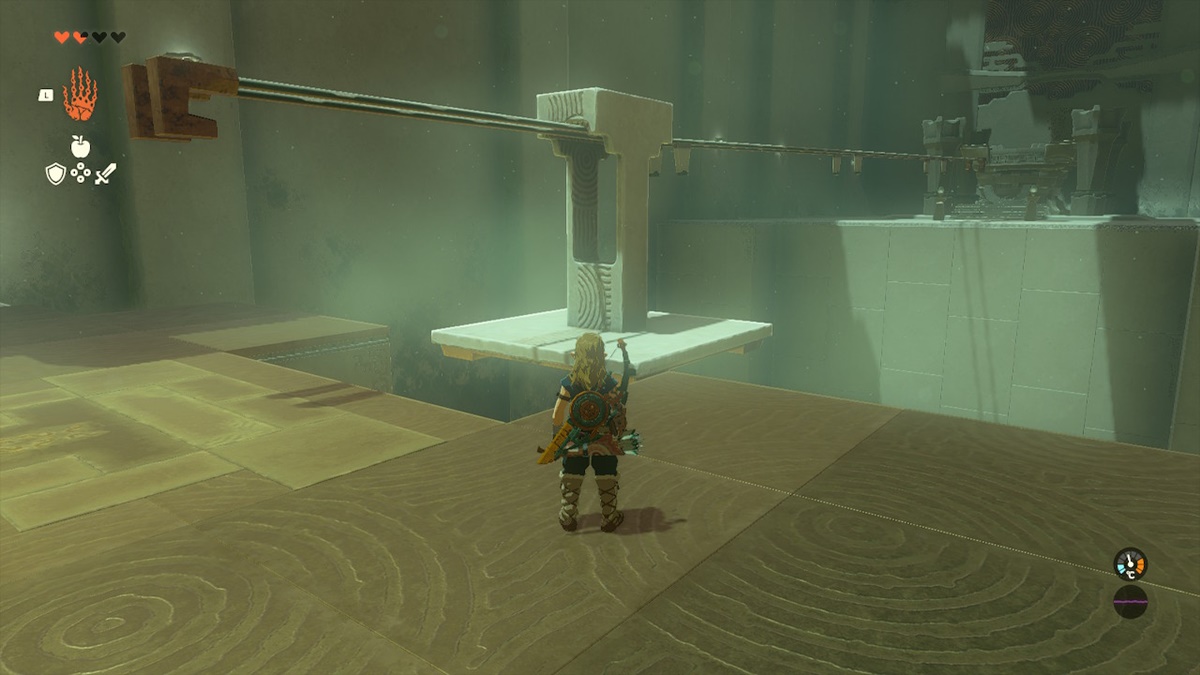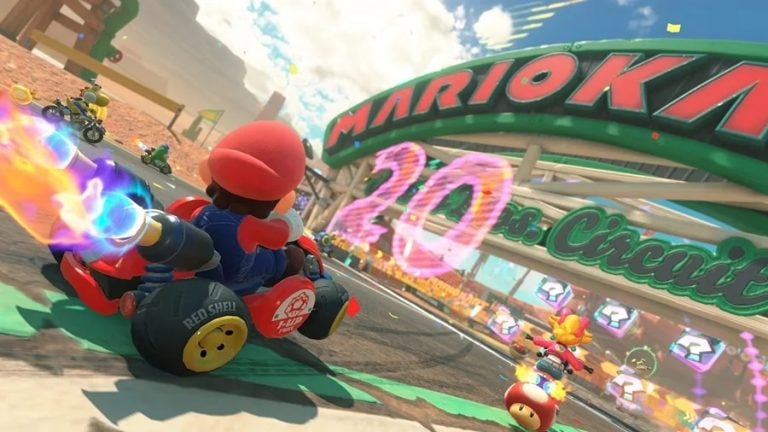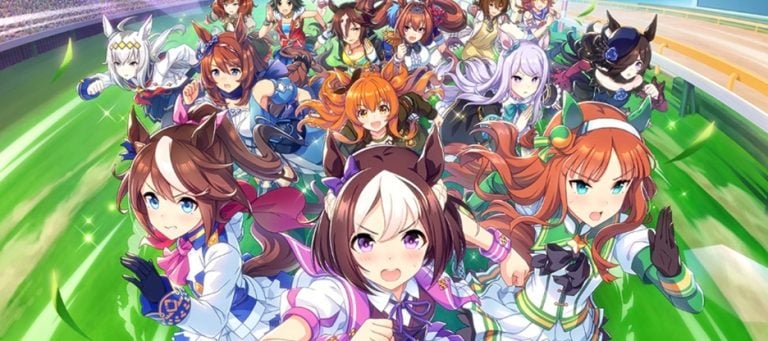Thanks to Link’s new abilities, The Legend of Zelda: Tears of the Kingdom offers a lot more ways to solve shrine puzzles than the previous title, Breath of the Wild. If ten players tried to solve the same puzzle, it wouldn’t be surprising if they each solved it using a different method. For example, there have been numerous different solutions reported by players, even for the relatively simple Susuyai Shrine, which many players likely come across early on in the game.
*Please note that this article contains spoilers for a shrine in the game.

Susuyai Shrine is a shrine located southwest of the Lookout Landing Skyview Tower. The theme of this shrine’s puzzle is “A Spinning Device.” As the name suggests, to break through this puzzle, the player is required to use one of the Zonai Devices, the Small Wheel. The final puzzle of this shrine is one that many players are experimenting with in order to solve.
In the final puzzle area, there are two rails running from one side of a cliff to another. From there hangs a ski-lift-like platform. The player’s goal is to reach to the other side of the cliff by propelling this platform.
There is actually an extremely simple solution as to how to cross this cliff. However, we will leave that explanation for the end of this article and show you some of the ingenious methods people have come up with.
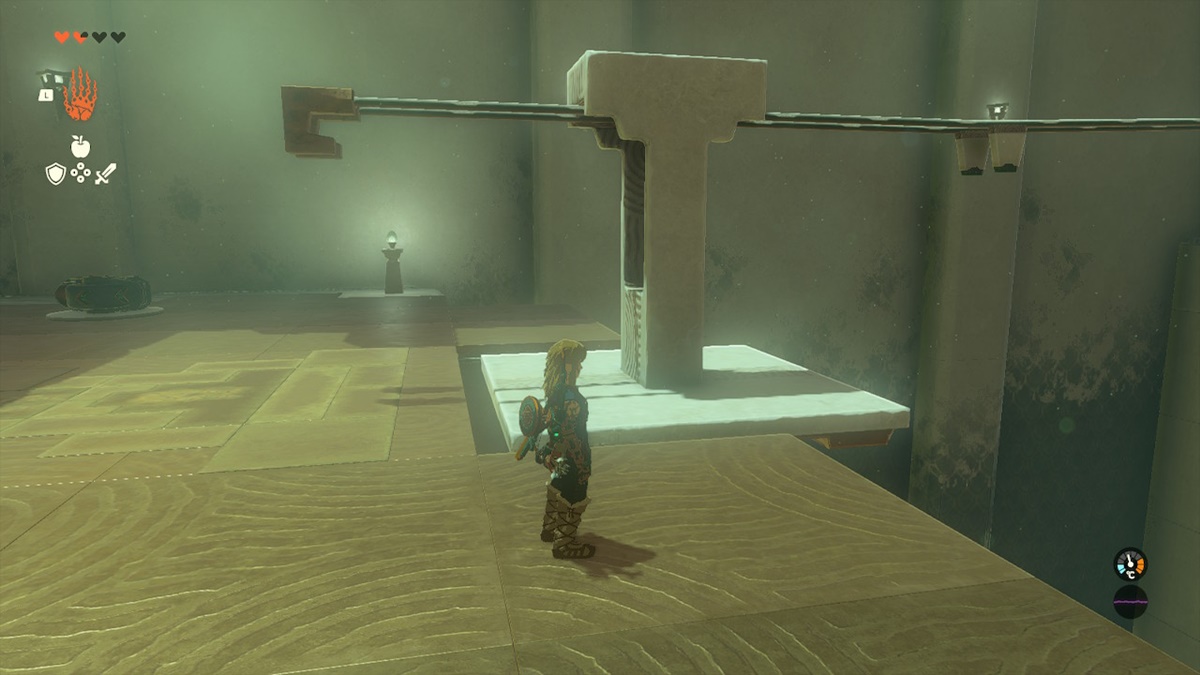
The first type are the players who devise a solution using the platform. For example, by removing the platform from the rails and rotating it 180 degrees so that it’s upside-down, or by modifying it by adding a board.
There were also some players who just recycled the vehicle they had used to solve the previous puzzles and built their own platforms. In all of these cases, they were somehow able to transmit the propulsion created by the wheel to the rails and cross to the other side. The players are also being creative about the wheel’s placement, which makes this trial-and-error process even more enjoyable to watch.
Next, we can also see players who choose to solve the problem by simply placing and connecting boards. If you want to cross to the other side, just build a long bridge – an entirely rational approach. The below example shows a player mashing the wheel and platform into the bridge structure.
I think this is the correct solution.
There’s also the “I’ll cross the rail myself” type of players. Some of them dare to cross the steel frame on foot, prepared to fall to their death, while others solve the problem by shield surfing along the rail. One particularly clever player used Ultrahand to move the platform on their own, and then replayed the movement using Rewind to cross the cliff.
As for the simple solution mentioned earlier, it consists of attaching the Small Wheel to the platform as shown in the picture below and transferring motion to the rails. It’s a very simple solution once you figure it out.
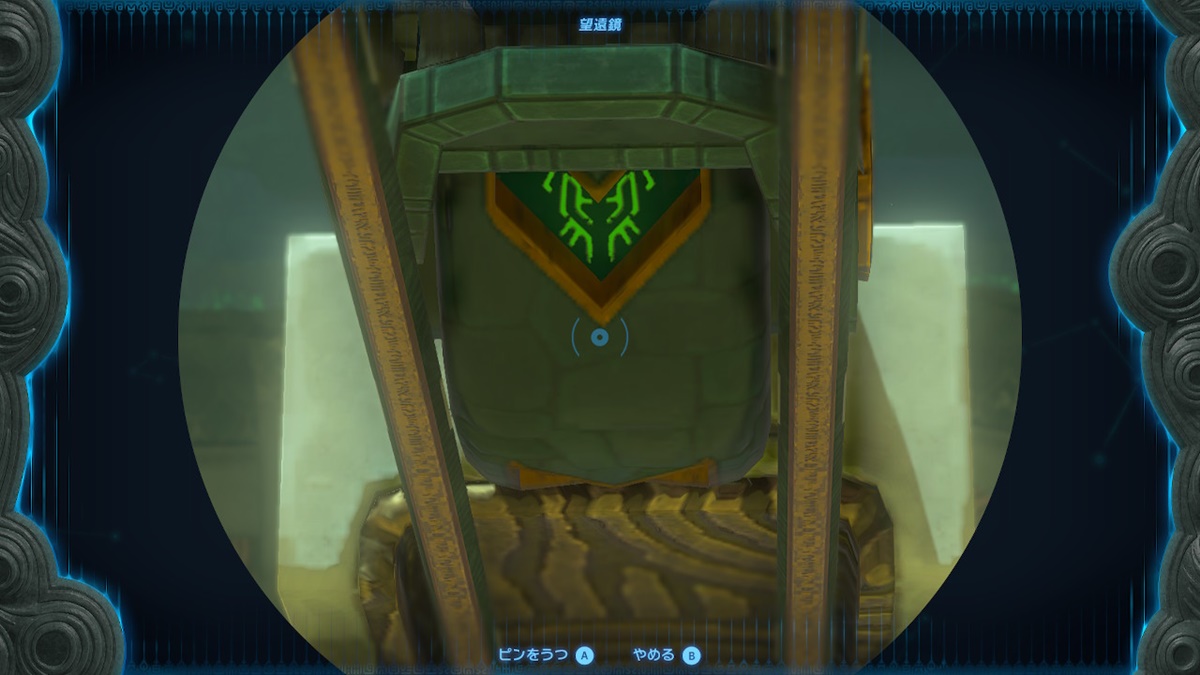
However, when using this method, a small gap can be seen between the wheel and the rails, which makes it look like they are not connected. Some players might have seen this and thought that this solution is not going to work, which made them start experimenting to find different ways.
An important thing to note is that a simple solution does not equal a correct solution. Any solution that allows you to cross to the other side of the cliff is a correct solution. Also, the process of trial and error is part of the enjoyment of solving a puzzle. In that sense, it could be said that the players who struggled more got to enjoy this shrine a little longer.
This game holds many more shrines, each allowing players to invent and try out a variety of solutions using their own creativity. Some puzzles are so challenging that there seems to be no obvious optimal solution, which means we can expect many more innovative solutions to emerge in the future.
Written by. Amber V based on the original Japanese article (original article’s publication date: 2023-05-19 10:22)

